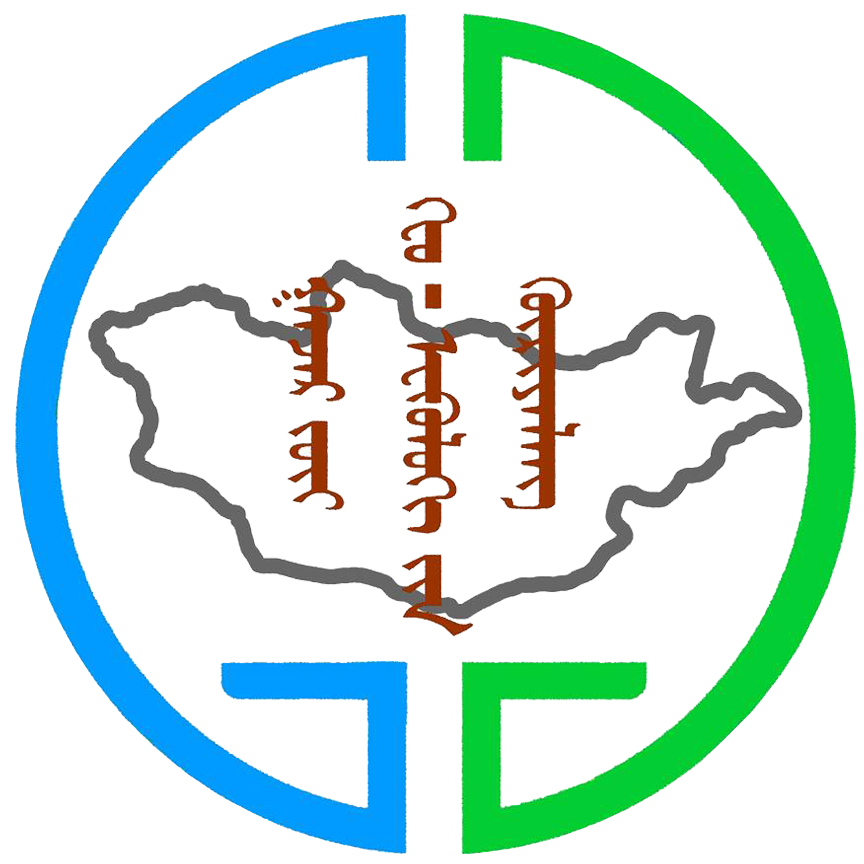Urban area wastewater treatment, unmanaged mining activities, land cover degradation, and forest area changes are the key processes that negatively affect the water resources of the Tuul river basin. Due to the climatic and man-made impact conditions, discharge decline and growth of concentration of pollutants are being observed in that basin. For that reason, there is a need to identify runoff, discharge and critical pollutants, its loss and transport potential. The aim of this study was to test the performance of the ArcSWAT model and the feasibility of using this model as a simulator of discharge and nitrogen and phosphorus yields over the Tuul river basin. Spatial data layers of the land slope, soil type, and land use were combined with GIS to aid in creating HRUs. And daily weather data obtained from CFSR, digital elevation models were also used as model input data. Calibration and validation were conducted using the SWAT-CUP program. The observed discharge and pollutant’s concentration data at Tuul-Ulaanbaatar, Tuul-Altanbulag gauging station were used to calibrate and validate the model with the SUFI-2 algorithm. Time series plots and statistical measures were used to verify model predictions. The correlation between the simulated and the observed flow is measured by r2 was 0.75 in Tuul-Altanbulag gauging station and r2 was 0.67 at the Tuul-Ulaanbaatar gauging station. Based on the simulated flow value, phosphorus and nitrate concentrations in streamflow have been identified. Nitrate and phosphorus content was positively correlated with a range between 0.5-0.7 with gauge stations measurements.
